A high-quality tripod is an essential piece of equipment for many photographers. It helps to realise longer exposure times without camera shake, makes it possible to follow moving subjects and is a valuable aid especially in macro photography. Many photographers quickly choose a tripod, but often little importance is attached to what is probably the most important component of the tripod: the tripod head! This is a fatal mistake, because it should be chosen just as carefully as the actual tripod. However, since different types of tripod heads are offered, laymen often find it difficult to make the right choice.
First of all, you need to know what size the connecting thread of your tripod is. Common here are 1/4-inch and 3/4-inch threads. The head of the tripod must have the same thread size, otherwise it cannot be mounted on the tripod. Alternatively, adapters can be used to adapt a 1/4-inch thread to a 3/4-inch thread. In addition, you should always compare the weight specifications of the tripod heads: Both the dead weight and the maximum load that the head can carry are important. The sum of the weight of the tripod head and the weight of the camera must not exceed the maximum tripod load. The type of tripod head is also very important. A distinction is made between:
In addition, some special designs are available, such as gimbal heads, which are used especially for large and heavy telephoto lenses. So-called panorama heads, which enable the precise recording of panoramic images, can also be purchased. Tripod heads are offered by numerous manufacturers such as Benro, Cullmann, Manfrotto and Gitzo.
A tripod consists of telescopic legs, a tripod plate and the tripod head, which is screwed onto the tripod. In cheap versions, the tripod and head sometimes form a single unit, but we advise against such models. The choice of tripod head should in any case depend on the purpose of the tripod, because it is used to adjust the camera's orientation comfortably. High-quality tripod heads are often as expensive as the actual tripod. They can even be considerably more expensive. The connection between the tripod and its head is realised by a standardised screw connection. Therefore, it is possible to combine tripod heads and tripods in any way. So you do not have to buy both elements from the same manufacturer. The tripod heads are equipped with a screw that you screw into the tripod thread of your camera.
As mentioned at the beginning, a distinction is made between 1/4 inch and 3/8 inch threads for tripod sizes. The former, however, are far more common. They have 20 threads according to the UNC standard. Only for heavy cameras such as large format and medium format models is a larger thread used. Threads with a size of 3/8 inch have 16 turns according to the UNC standard. In principle, the camera can also be screwed directly onto the tripod without using a tripod head. However, this is not recommended because you will then have to accept severely restricted handling.
In photography, the 2-way panhead plays a subordinate role. It does not make it possible to bring the camera into portrait format. This is why these tripod heads are often only used with video tripods, because there it is often not necessary to tilt the camera to portrait format.
3-way panheads are the most common among tripod heads because they offer very easy handling. Accordingly, there is a wide choice in this respect. With a 3-way panhead, it is possible to pan the camera in both portrait and landscape format. With these tripod heads, all conceivable types of photography can be covered. However, there are faster tripod heads, because with these variants you have to adjust and fix each axis individually. Especially for animal, children or sports photography, this can be a considerable disadvantage.
The following list shows you once again the most important advantages and disadvantages of the 3-way tilt at a glance.
Accurate camera adjustment possible
Large selection
Many affordable models
High resilience
aligning the camera laborious and inconvenient
Not suitable for time-critical shooting situations
Ball heads are the fastest tripod heads. They are very popular in action and portrait photography. For landscapes or architecture, however, they are only suitable to a limited extent. Then they definitely require patience, because straightening the camera can be a challenge. Many modern models are equipped with a pretensioning device. Then the clamping force can be adjusted to the weight of the equipment. Once this is done, the head can be fixed and released with much less time and effort. Versions with two separate locking screws are well suited. One is used for the horizontal swivel range and the other for the ball.
Ball heads also have many advantages, but also a few disadvantages.
Quick alignment of the camera
Convenient operation
Various setting options
Oft higher acquisition costs
Lower selection
Even alignment of the camera is only possible with a lot of patience
Gear Panels are used when time is not important, but instead the highest precision is required. In studio, architectural and macro photography, geared heads are therefore in good hands. If you want to buy such a head, you should choose a model where the individual axes are equipped with quick-release couplings. Then you can make rough preliminary adjustments much more comfortably.
The advantages and disadvantages of a geared head are quickly listed:
Extremely precise camera alignment possible
Convenient handling on models with quick-release couplings on each axle
Perfect for architectural and landscape shots
High purchase price
Suitable only for shooting situations where time is not of the essence
Of course, there are many other designs of tripod heads, some of them very exotic. We present the most common ones below, but without claiming to be exhaustive.
The joystick is basically a ball head, but with an additional handle. You unlock the head via a switch on the handle and can thus move it intuitively and quickly. Whenever quick reactions are required, a joystick proves to be extremely practical.
The video head, as the name suggests, belongs to the group of tripod heads that are intended less for photographers and more for recording videos. A video head enables smooth panning. However, this panning is only recommended for frequent filmmakers, as one tends to pan too much and overdo it when filming occasionally. The video head is therefore only suitable for camera owners who really want to shoot videos frequently and intensively.
The teleneiger is also known as a telephoto lens mount or bracket for telephoto lenses and in English as a gimbal head. Technicians also know it by the name "gimbal head", while photographers like to call it "monkey swing". All these terms stand for special tripod heads that attach SLR cameras with long and heavy telephoto lenses to a tripod. They are used especially in nature, reportage or sports photography. Depending on the model, the handling can be simple to complicated and the prices are also wide-ranging and range from 190 to 800 euros.


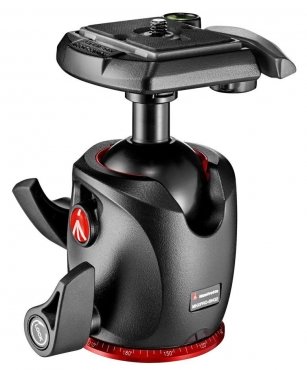
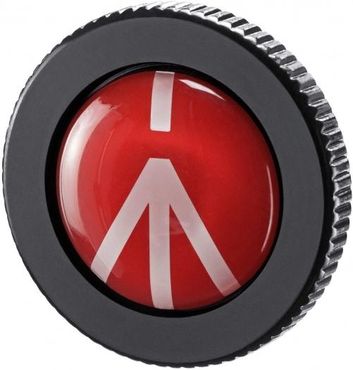

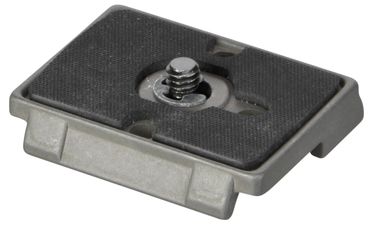
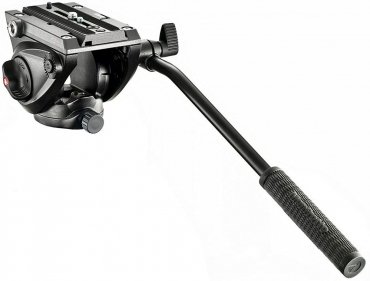
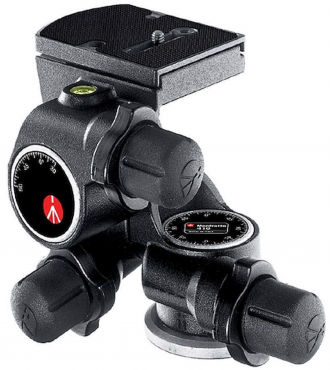
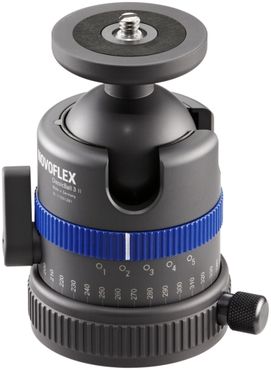

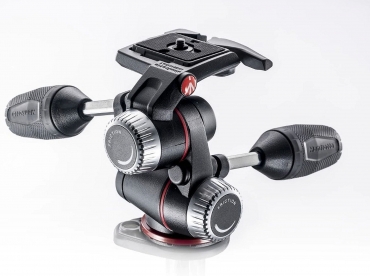

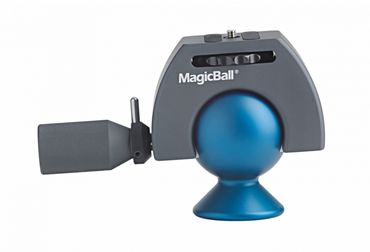



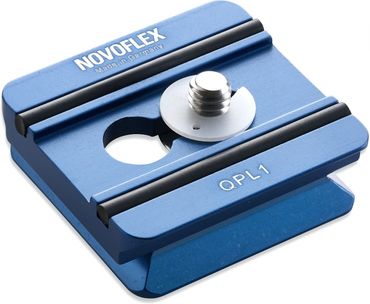

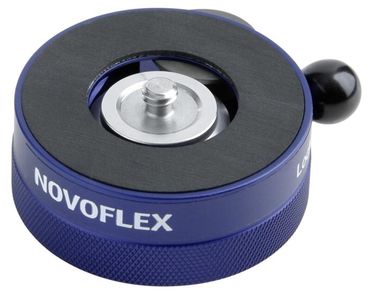
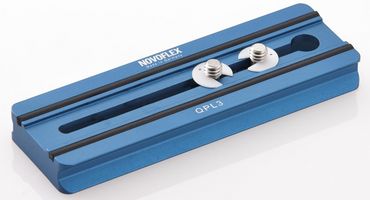
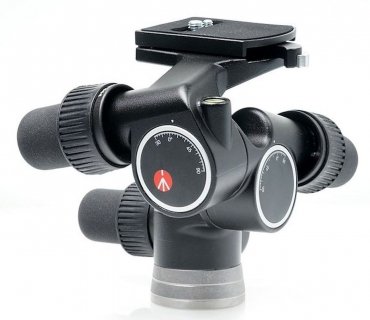
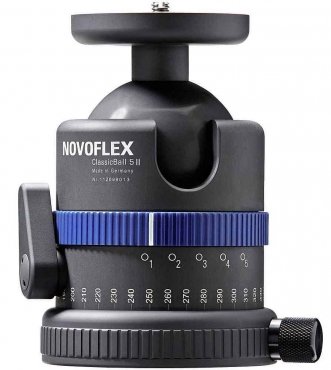
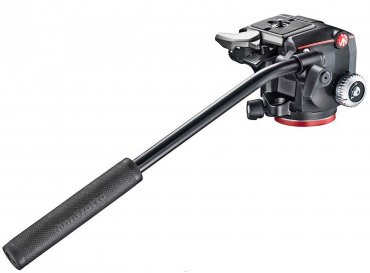
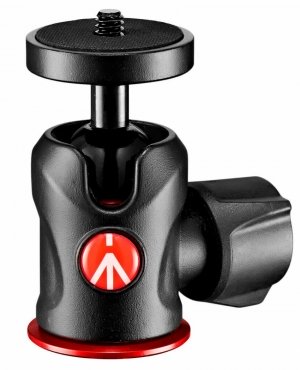
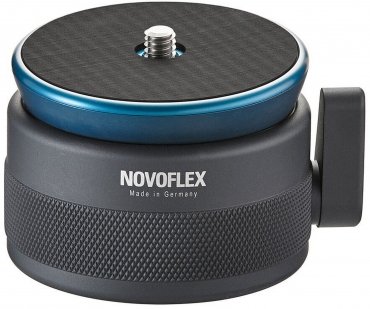
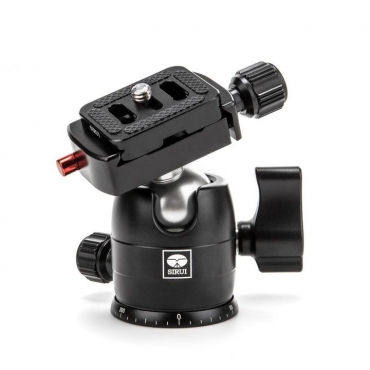


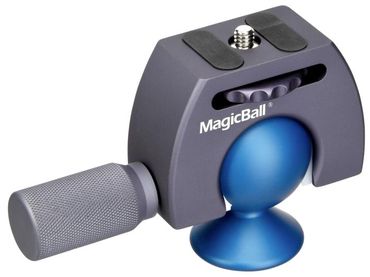
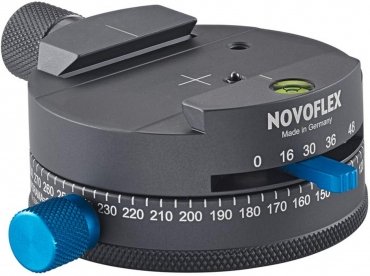

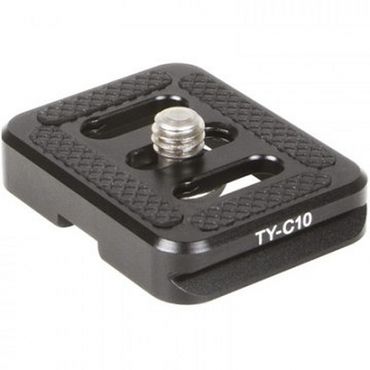
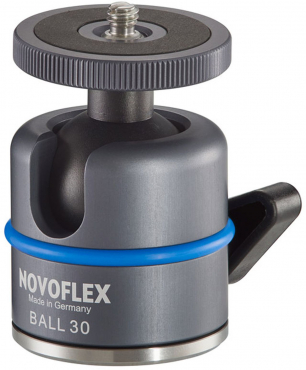
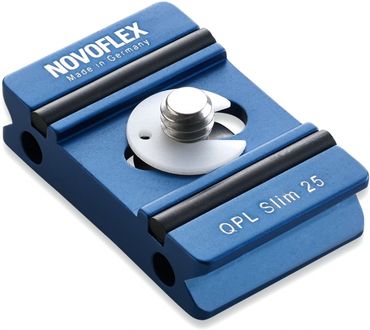
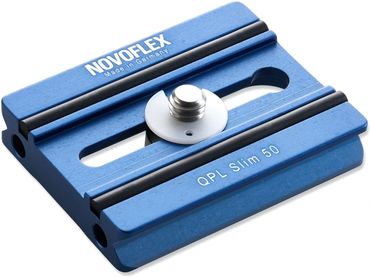
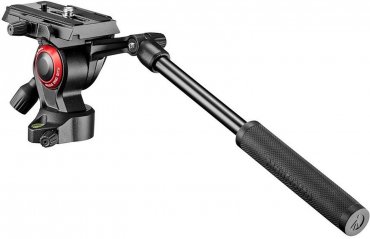
Simply subscribe and benefit as a newsletter recipient every week: